The protests began in Vladivostok, on Russia’s Pacific coast, and spread Westwards across 85 cities across the country’s nine time zones. The ritual was familiar enough from the last major wave of protests in the summer of 2019 – several thousand banner-carrying protesters calling for the release of opposition leader Alexei Navalny, an overwhelming show of force by the police, baton charges, cracked heads, mass arrests. By the end of the day over 2000 protesters had been detained, forty policemen and thousands of protesters injured.
So Navalny got, in one sense, what he wanted. By voluntarily returning from Berlin, where he had been recovering from Novichok poisoning, Navalny has indeed triggered a wave of indignation and anger against the Kremlin. More, many protesters waved toilet brushes – an ironic reference to Navalny’s latest, boldest and most shocking anticorruption video yet. Entitled A Palace for Putin, Navalny details a billion-dollar mansion built for Putin on siphoned state money on the Black Sea coast compete with an underground hockey rink, wineries, a private casino and an 800-euro designer Italian toilet brush. The video, based on open sources detailed a series of shell companies, rental agreements and property purchases which show that Putin’s extended family, his mistresses and illegitimate daughter received payments from state-owned companies running into the hundreds of millions of dollars.
The real question is, does the Kremlin really care about the protests? It’s not yet clear exactly how many people came out on the streets today – though numbers were easily in the tens of thousands. But a TikTok videos tagged #freeNavalny and #23January calling for users to demonstrate gained some 200 million views – while Navalny’s YouTube takedown has been watched over 67 million times.
Superficially, those numbers look scary, as Putin prepares for local elections in September and, possibly, for stepping down at the end of this term in 2024. More, there are signs that Russia’s youth have been galvanised by Navalny’s detention and are becoming politically active – at least online. But the problem for Navalny and his movement is that Russian elections are not fought online, and nor are regimes toppled there. Navalny may have captured hearts and minds on TikTok and YouTube – but it’s the Kremlin, with his gigantic apparatus of repression prepared over years in the form of a newly-formed and well-funded National Guard, which still controls the streets. And for those older Russians who still get their news from state-controlled television, the protests simply didn’t happen.
The state propaganda machine is also rolling out a familiar narrative, accusing the US Embassy of publicising today’s protests and casting them as a Western plot to destroy Russia. Navalny himself said in an Instagram post Friday that “I know for a fact that there are many good people outside my prison and that help will come.” He also added, for good measure, that he had “no plans to either hang myself on the window or cut my veins or throat open with a sharpened spoon. I use the staircase very carefully [and] they take my pressure every day so a sudden heart attack is ruled out.”
Clearly, he is hoping that the threat of protest on the streets will force the Kremlin to release him. It’s not an irrational hope. The last time Navalny was convicted of a crime was back in 2013, when he faced a three and a half year prison term for embezzlement. Huge crowds did indeed materialise and the court – acting on orders from above – quickly suspended his sentence. But back then, Putin was preparing to show his country off to the world in the 2014 Sochi winter Olympics.
This time round, it’s going to be different. One, Navalny is more of a threat than before, for three reasons: one, he survived a deadly poisoning attempt by the FSB in August, found out who did it, and publicly humiliated the FSB in what must rank as the greatest prank call in history when he duped one of his would-be killers into spilling the details. Two, prior to his poisoning he made a devastating video exposing the corruption of local politicians in Novosibirsk – but more importantly he showed how just 150,000 opposition votes behind a handful of candidates could topple Putin’s party United Russia from power in Russia’s third largest city. And three, before his heroic return from Berlin last Sunday Navalny went out of his way to personally taunt Putin, making his return a personal showdown.
Some Russians admire Navalny for stepping into the jaws of the beast voluntarily, seeing him as a kind of martyr. But while no-one is denying his bravery, many question his wisdom – or at least his strategy. Free, Navalny commands an audience of tens of millions as he batters the Putin regime with deeply researched and damming exposes of their corruption, and one of which would instantly bring a democratic government down in flames. In jail, silenced, he’s made himself a symbol – but of what? Of the fact that Russian justice is corrupt and serves the Kremlin? Oligarch Mikhail Khodorkovsky already amply proved that back in 2003 – and spent ten years in prison for his pains, to nobody’s surprise or benefit. Is Navalny’s sacrifice going to succeed where Khodorkovsky failed and light a flame that will consume Putin’s corrupt regime? The last time a post-Soviet President was toppled by street protests, in Ukraine in 2014, it took 94 days of violent clashes, barricades in central Kiev, walls of burning tyres and a massacre when police fired into crowds and over a hundred deaths before the government toppled. Protests last year in Minsk of hundreds of thousands of young people failed to budge veteran strongman Aleksandr Lukashenka.
Many, including most Western leaders, call Navalny a prisoner of conscience. But the fear among at least some of his Russian supporters is that their hero could have made a terrible misstep, one that will see Navalny, once the strongest hope of Russia’s democratic opposition, immolate himself for the sake of a brief flare of publicity. As one Muscovite friend writes, “a person who has so little care his his own life and liberty will have no respect for the life and liberty of others. The Devil take him.” Worse, Navalny could ultimately damage his own cause by proving once again that the bad guys always win. Today’s protests were impressive, brave and more widespread than any seen since 2012, when Putin returned to the Presidency after a brief interlude. But with Putin still firmly in control of vast and brutal security forces, and of Russia’s traditional media, don’t bet that bravery and sacrifice can win over determined, ruthless brute force.
Got something to add? Join the discussion and comment below.
Get 10 issues for just $10
Subscribe to The Spectator Australia today for the next 10 magazine issues, plus full online access, for just $10.

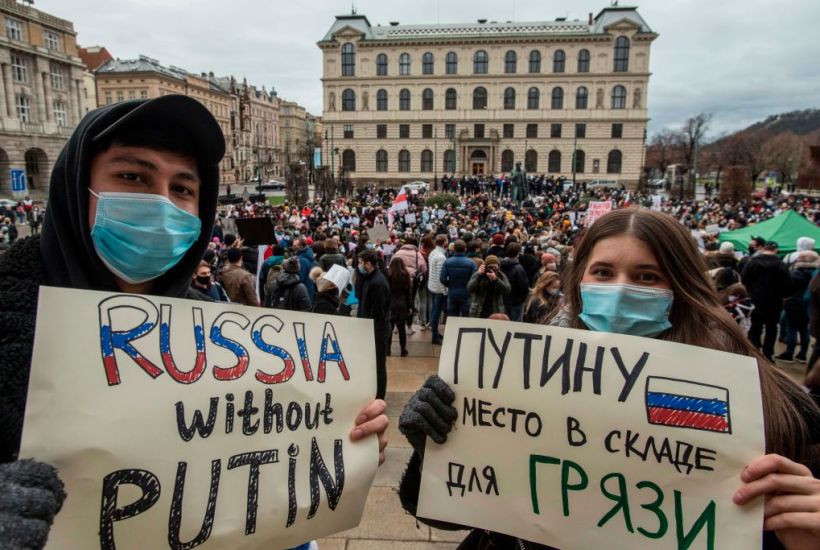
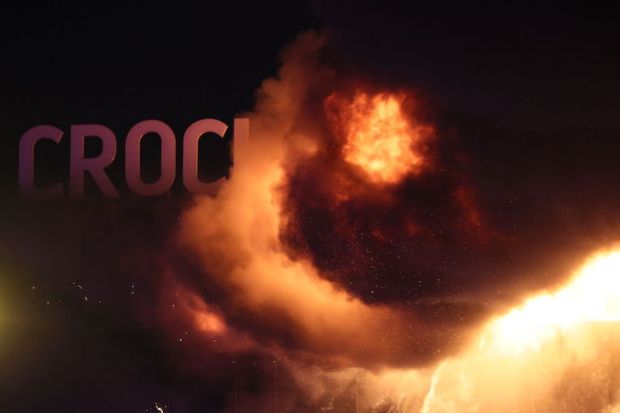
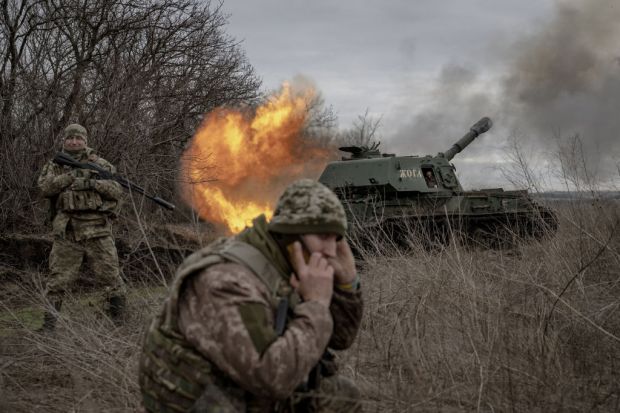
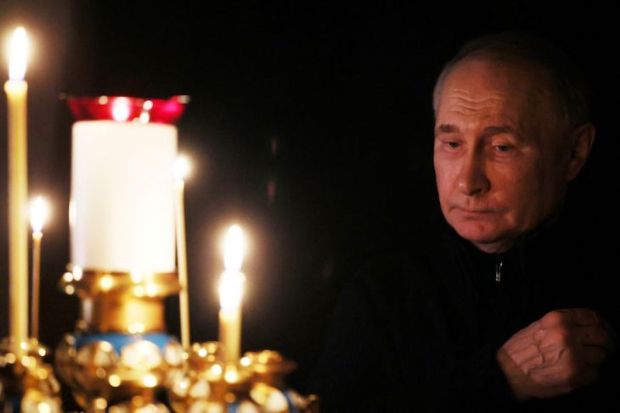
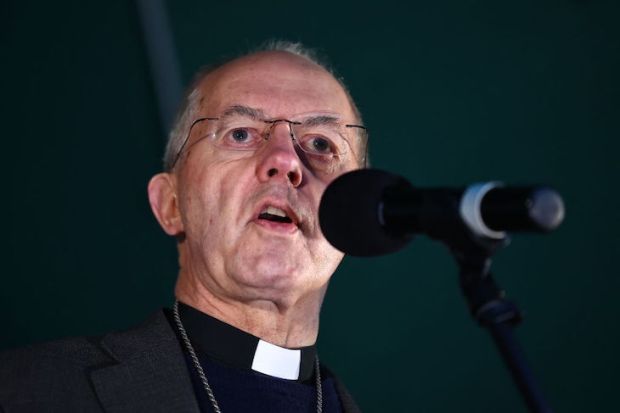
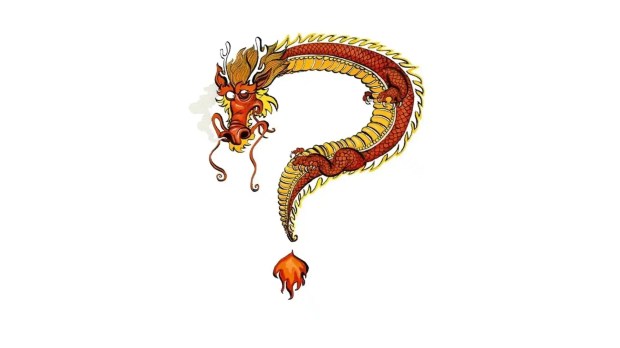
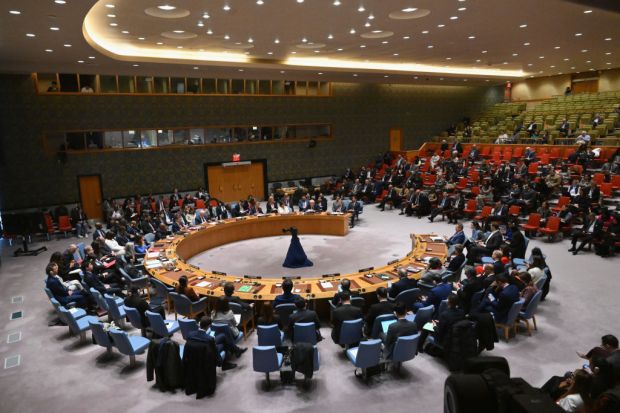












Comments
Don't miss out
Join the conversation with other Spectator Australia readers. Subscribe to leave a comment.
SUBSCRIBEAlready a subscriber? Log in